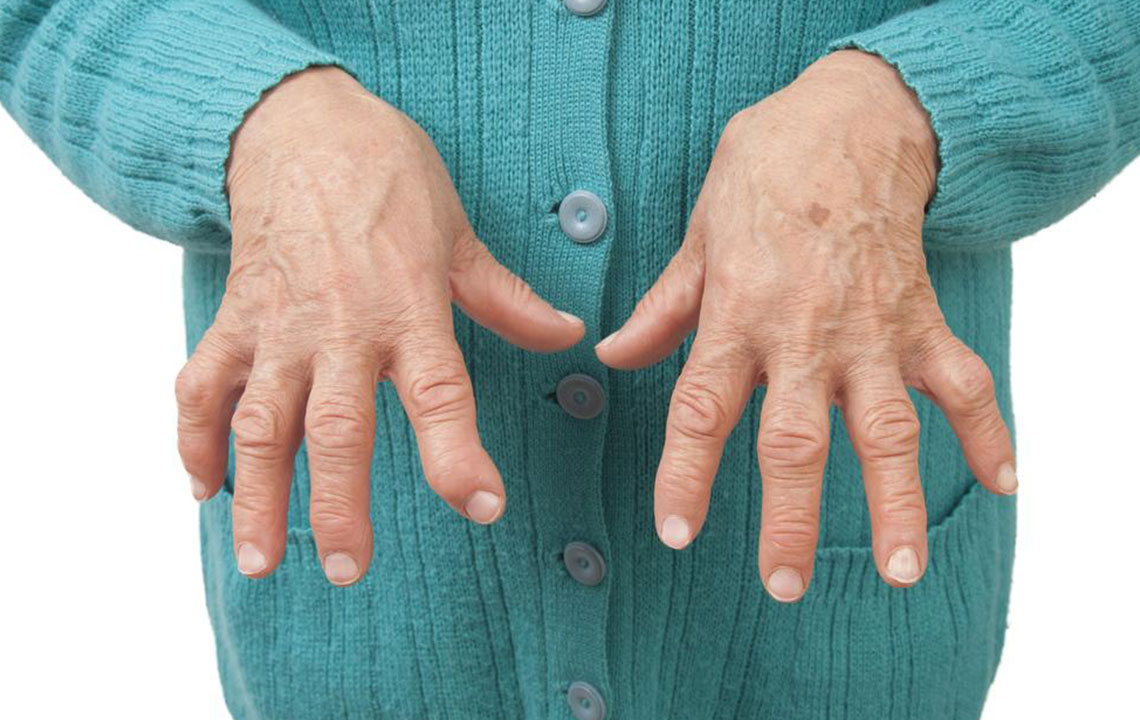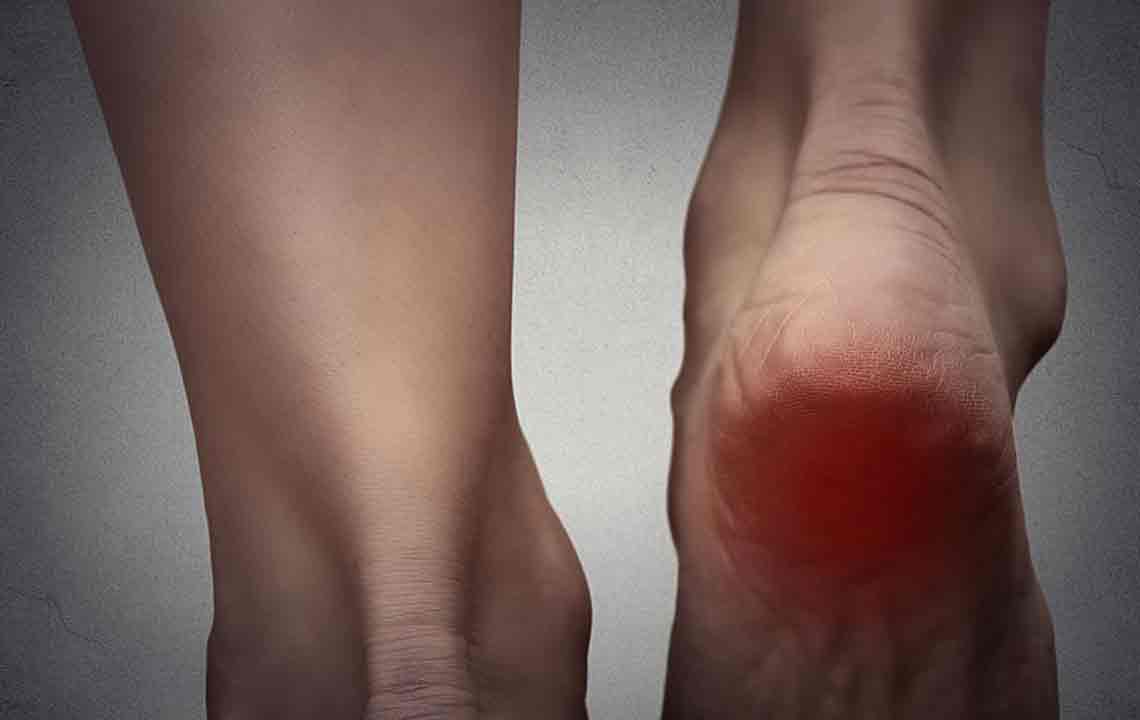Smart Approaches to Alleviating Gout and Rheumatoid Arthritis Symptoms
Discover effective, natural, and lifestyle-based strategies to manage gout and rheumatoid arthritis symptoms. This article provides dietary advice, exercise tips, and alternative therapies to alleviate foot pain and improve joint health. Tailored approaches help prevent flare-ups and support long-term well-being, emphasizing diet modifications, physical activity, hydration, and holistic treatments for better management of these chronic conditions.

Smart Approaches to Alleviating Gout and Rheumatoid Arthritis Symptoms
Essential tips for managing gout and RA symptoms independently
Gout and rheumatoid arthritis (RA) often get confused because both cause joint swelling and discomfort, especially in the feet. Nonetheless, they stem from different origins. RA is an autoimmune disorder where the immune system harms healthy tissues, while gout results from uric acid crystal accumulation, mainly in the big toe. RA is a long-term condition affecting multiple joints, whereas gout episodes are usually sudden and intense. Treatment plans should be tailored accordingly. Continue reading for dietary suggestions, lifestyle habits, and natural therapies to reduce foot pain linked to both ailments.
Adopting a balanced diet and maintaining a healthy lifestyle are vital. RA patients should follow anti-inflammatory diets, whereas gout sufferers benefit from low-purine meals to prevent flare-ups. Proper foot pain management hinges on accurate diagnosis. If neglected, RA can lead to other health complications. Focus on beneficial foods, identify and avoid triggers, and incorporate habits that foster joint health and diminish symptoms.
Dietary Tips for Gout and Rheumatoid Arthritis
Eating strategies significantly influence disease management. RA patients should emphasize anti-inflammatory foods, while gout patients should restrict high-purine ingredients.
Recommended foods and foods to limit for RA include:
Consume: Beans, Cherries, Broccoli, Fatty Fish, Green Tea, Pumpkin, Citrus Fruits, Walnuts, Pomegranates, Soy, Ginger, Turmeric, Olive Oil
Avoid: Refined Flour, Sugary Snacks, Red Meat, Gluten, Fried & Salty Foods, Full-fat Dairy, Processed Foods, Alcohol, Corn Oil
For effective gout control, incorporate these foods while steering clear of common triggers:
Include: Fresh Fruits (especially cherries), Low-purine Vegetables, Low-fat Dairy, Coffee, Whole Grains, Legumes, Eggs, Herbs & Spices, Plant-based oils, Nuts & Seeds
Exclude: Organ Meats, Red Meat, Seafood, Alcohol (beer, spirits), Sugary Sodas, Processed foods high in high-fructose corn syrup
Lifestyle changes to ease RA-related foot discomfort
Alongside medical treatment, lifestyle modifications can support recovery. Regular low-impact activities, sufficient rest, and emotional support are beneficial.
Exercise: Activities like gentle walking, cycling, swimming help reduce stiffness and pain. Weight management lessens joint burden.
Rest: Aim for 8 hours of sleep; use relaxation methods such as breathing exercises or warm showers to improve sleep quality.
Support: Connect with RA support communities or spend quality time with loved ones to enhance mental well-being.
Specific tips for gout lifestyle management
Understanding diet and routine checkups are key for gout management. Stay well-hydrated and exercise moderately when symptoms are absent.
Maintain health awareness: Regular tests and uric acid level checks help prevent flare-ups.
Hydrate thoroughly: Drinking 8-10 glasses of water daily promotes kidney function and uric acid clearance.
Exercise wisely: Moderate workouts can reduce stress, but avoid intense activity during gout attacks.
Natural therapies to relieve foot pain
Complementary methods may offer extra relief. Options include reflexology, massage, hydrotherapy, acupuncture, or acupressure.
Tags – gout foot pain relief, rheumatoid arthritis joint care, uric acid management, alternative pain therapies, joint health


